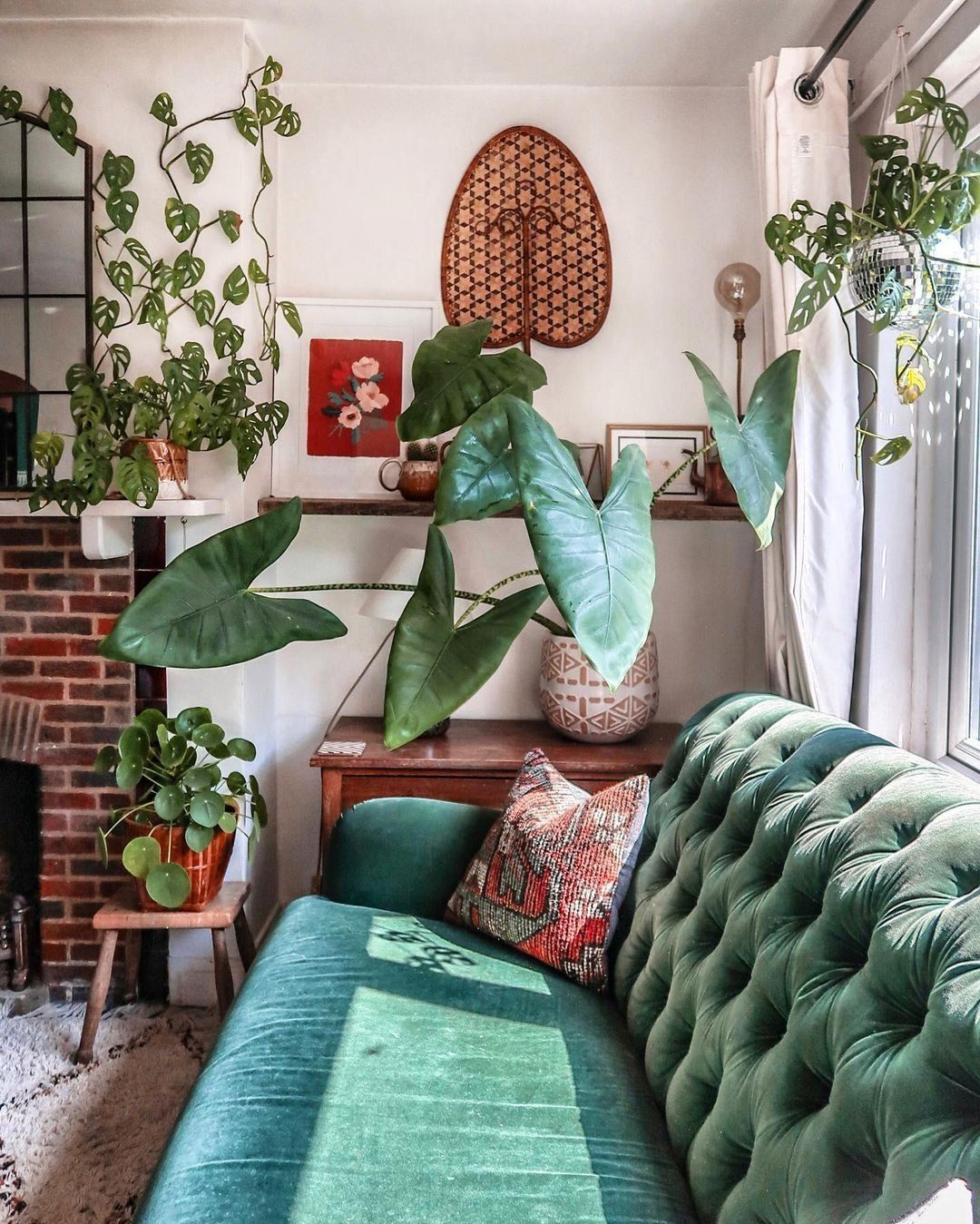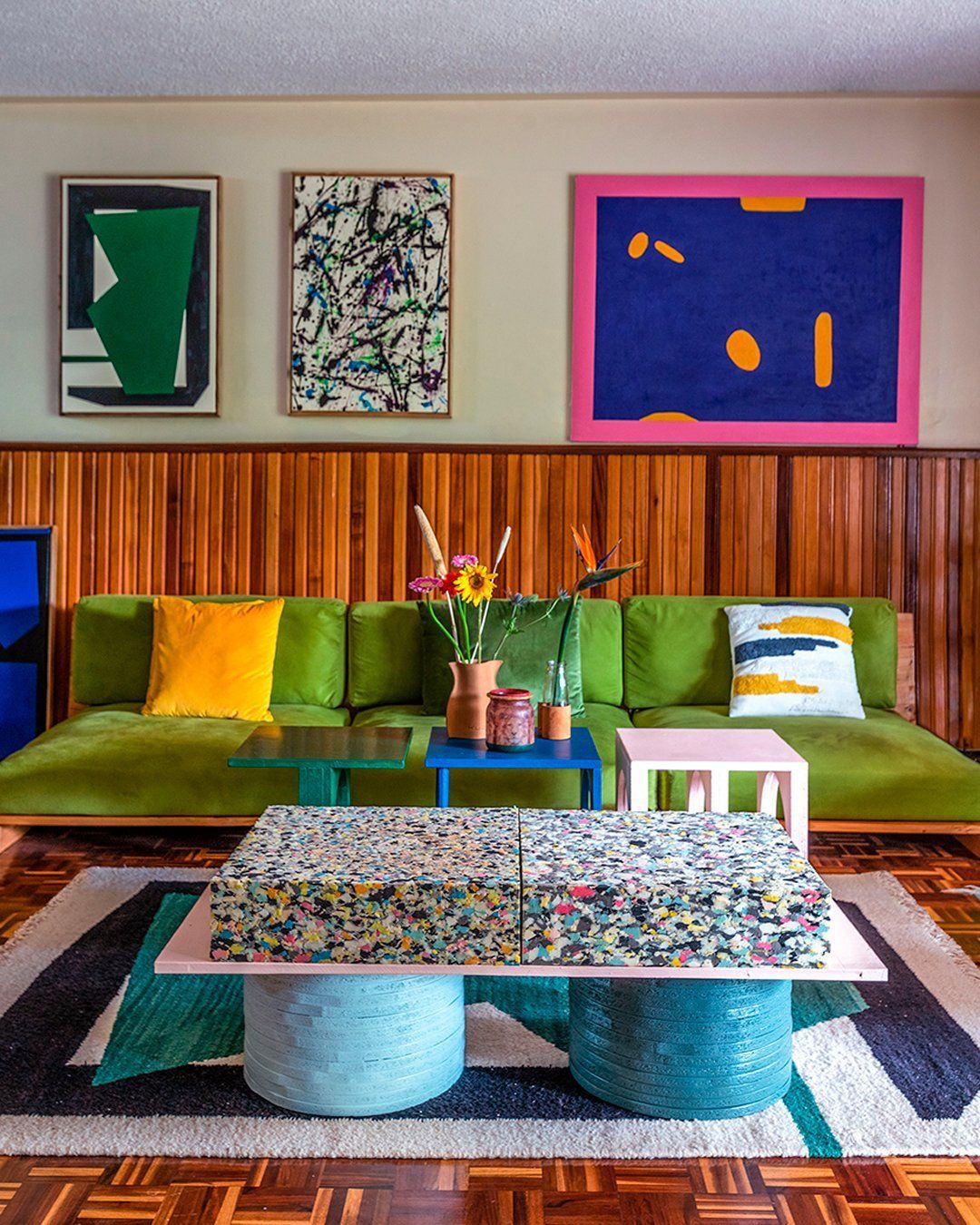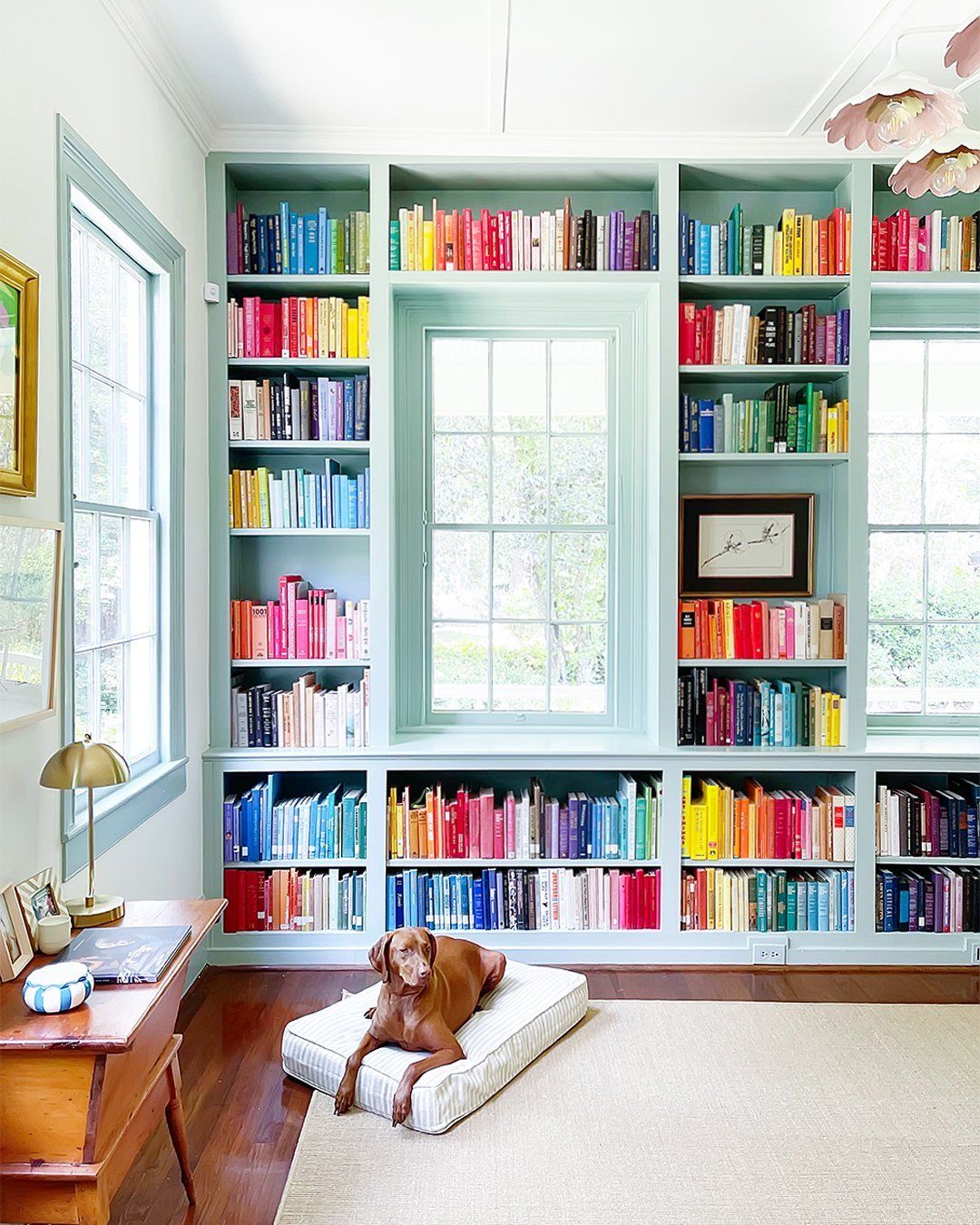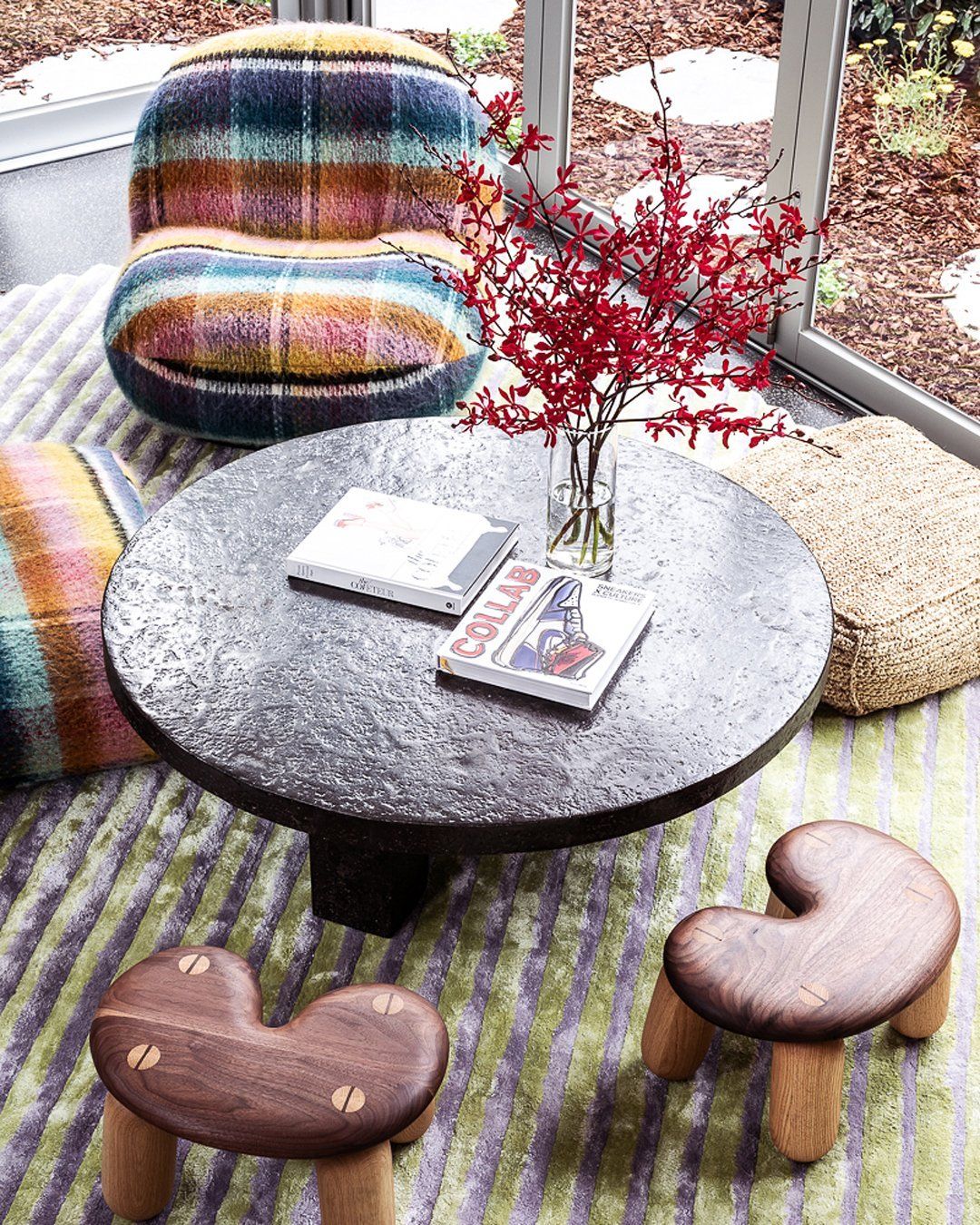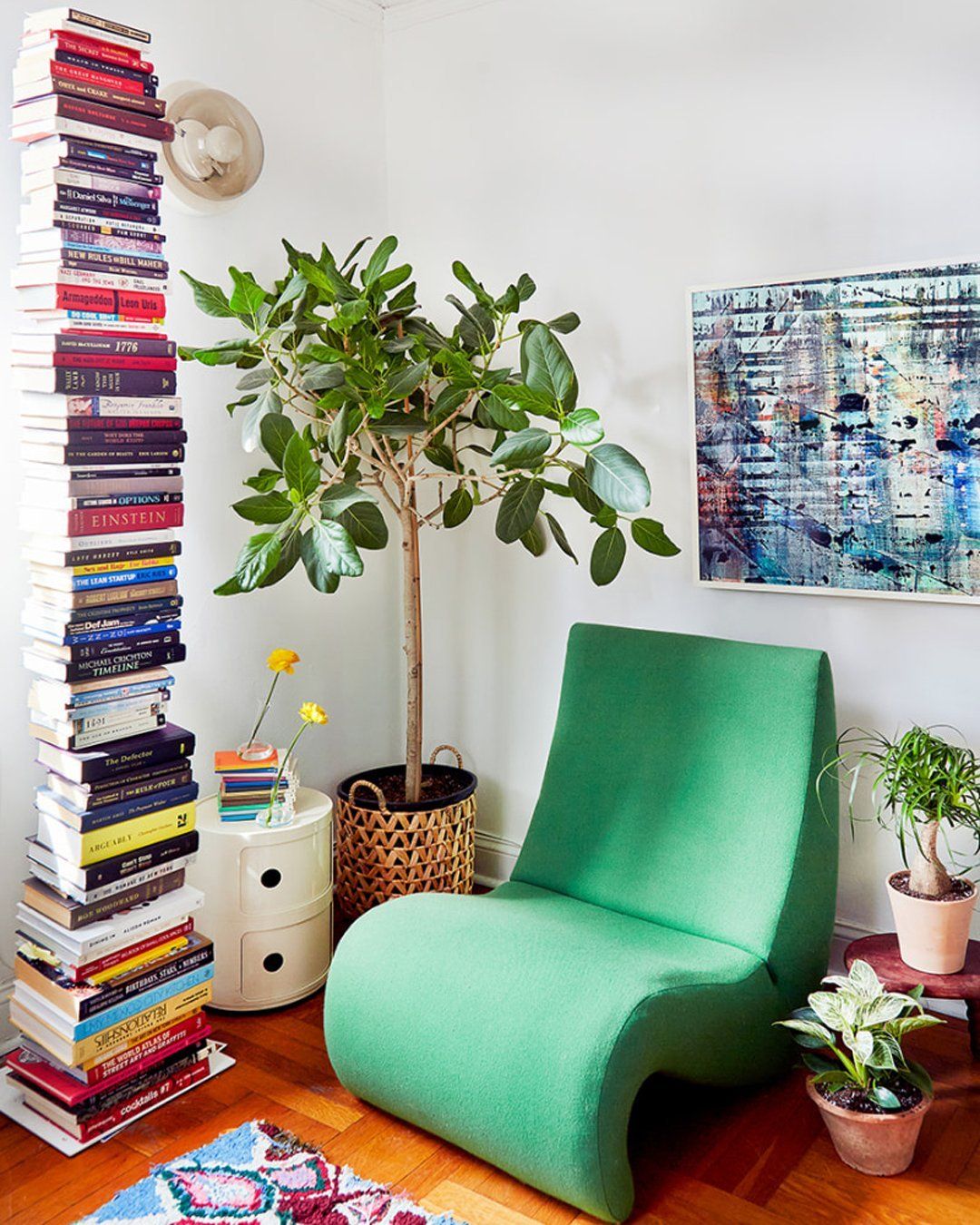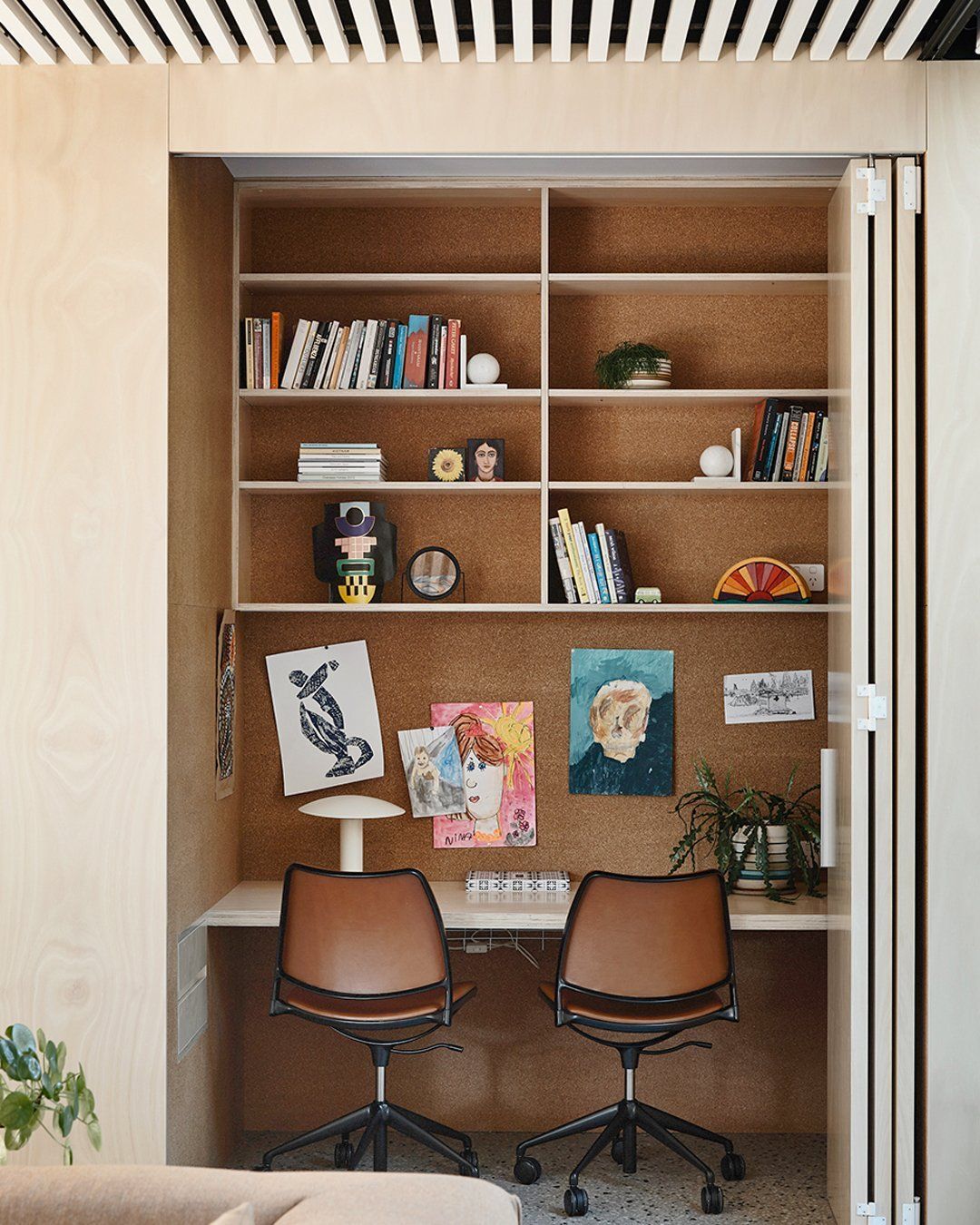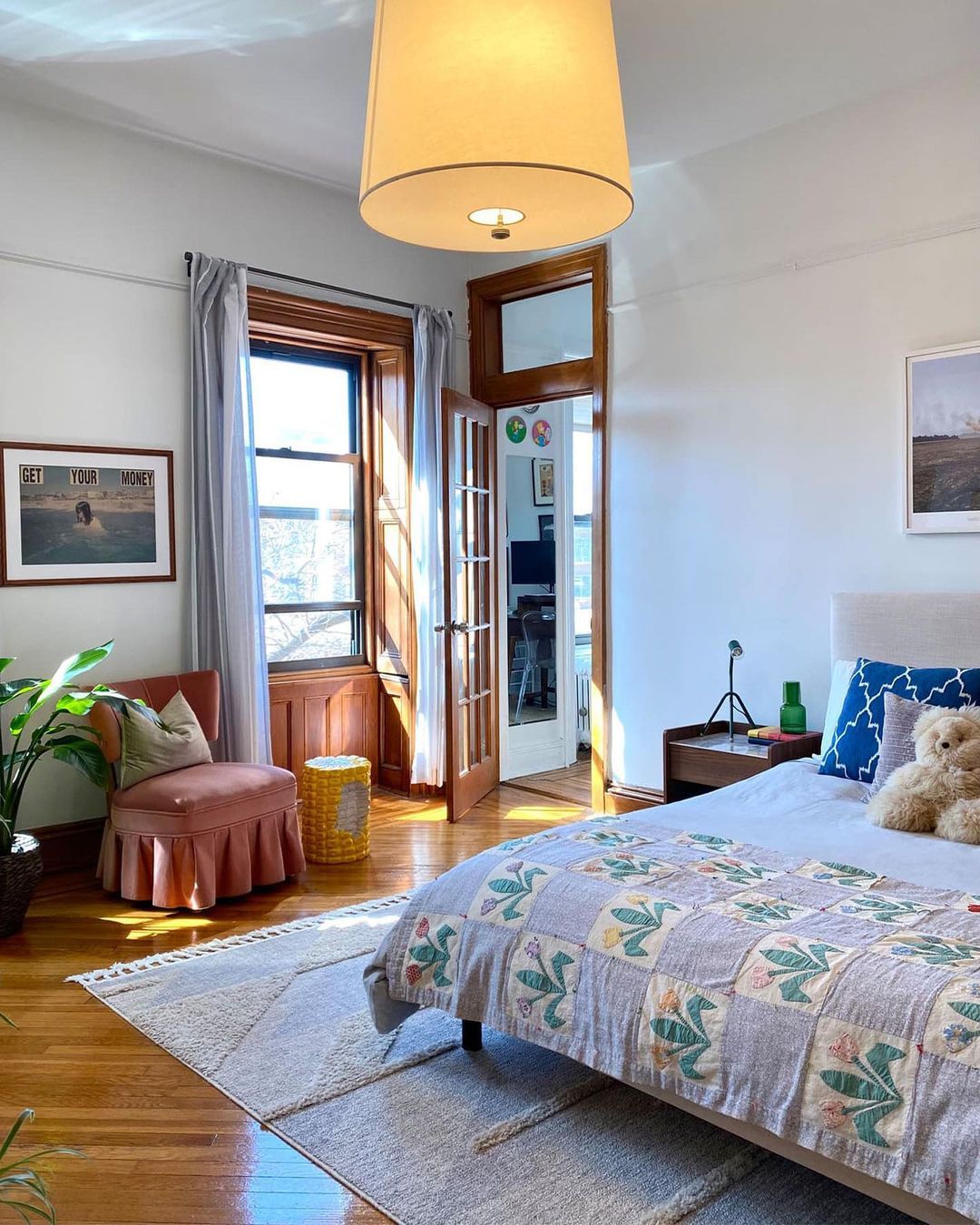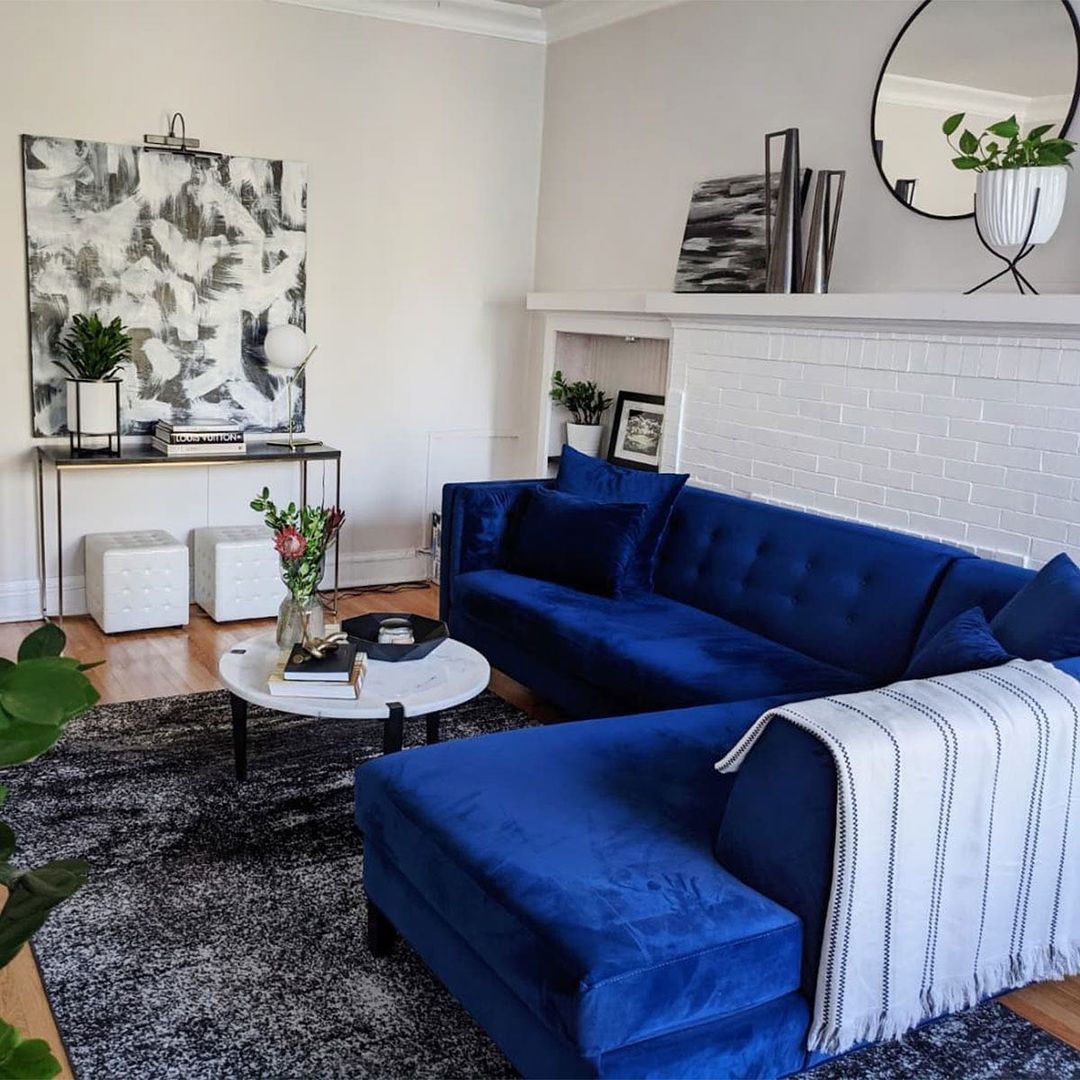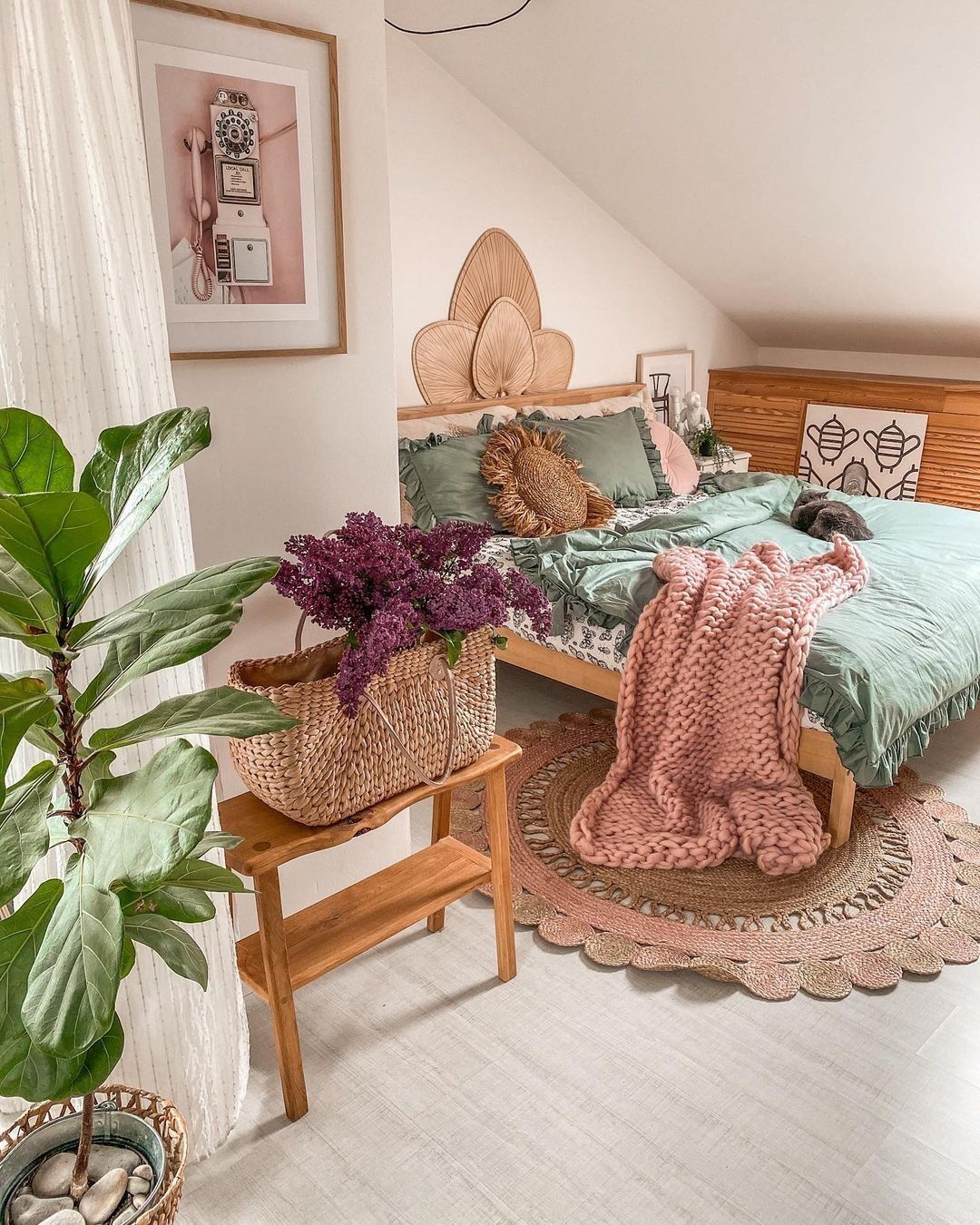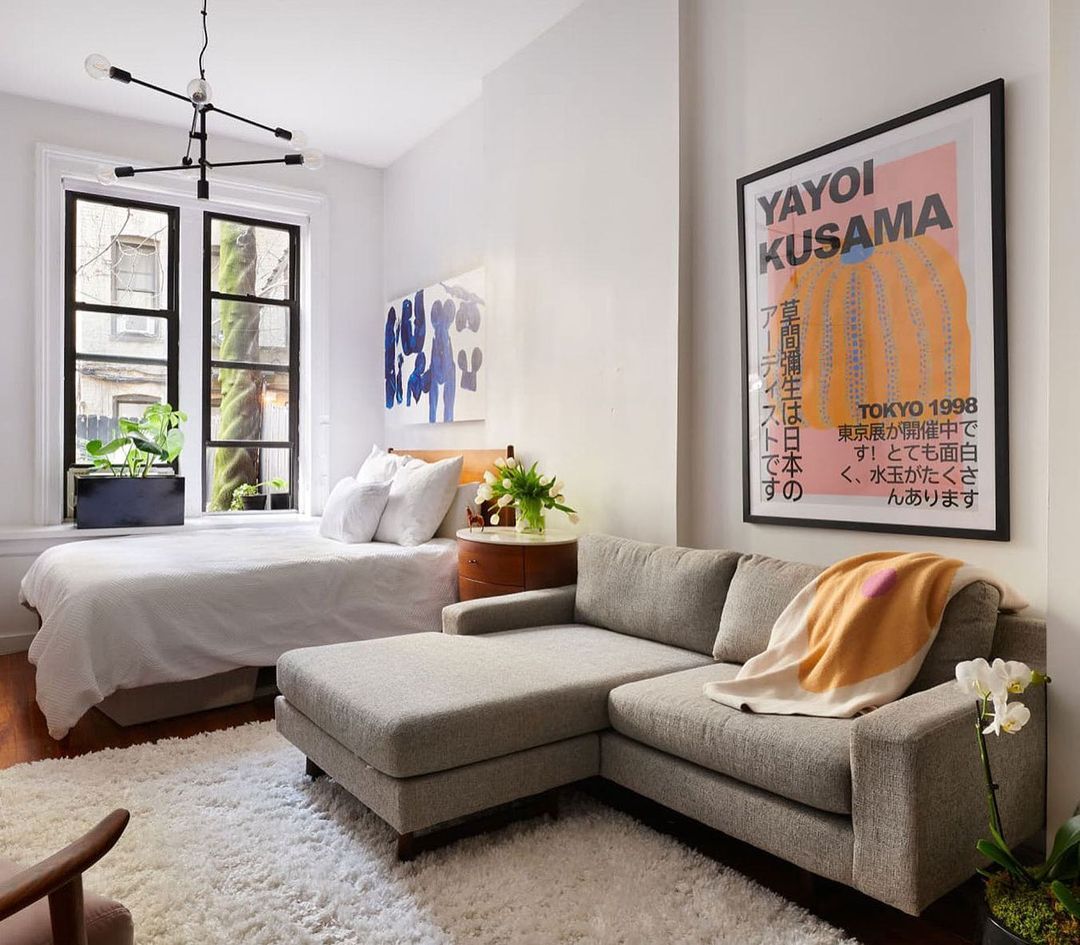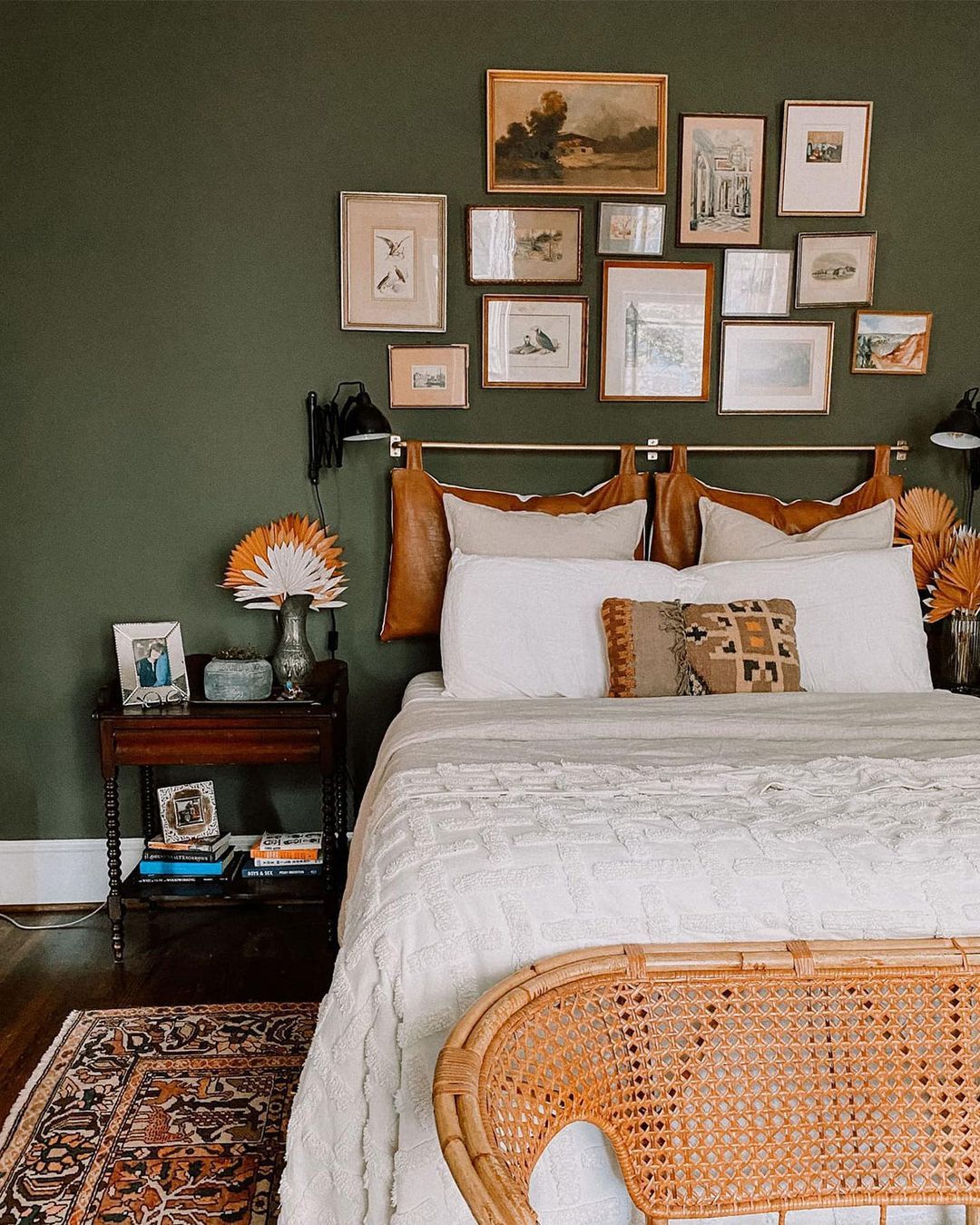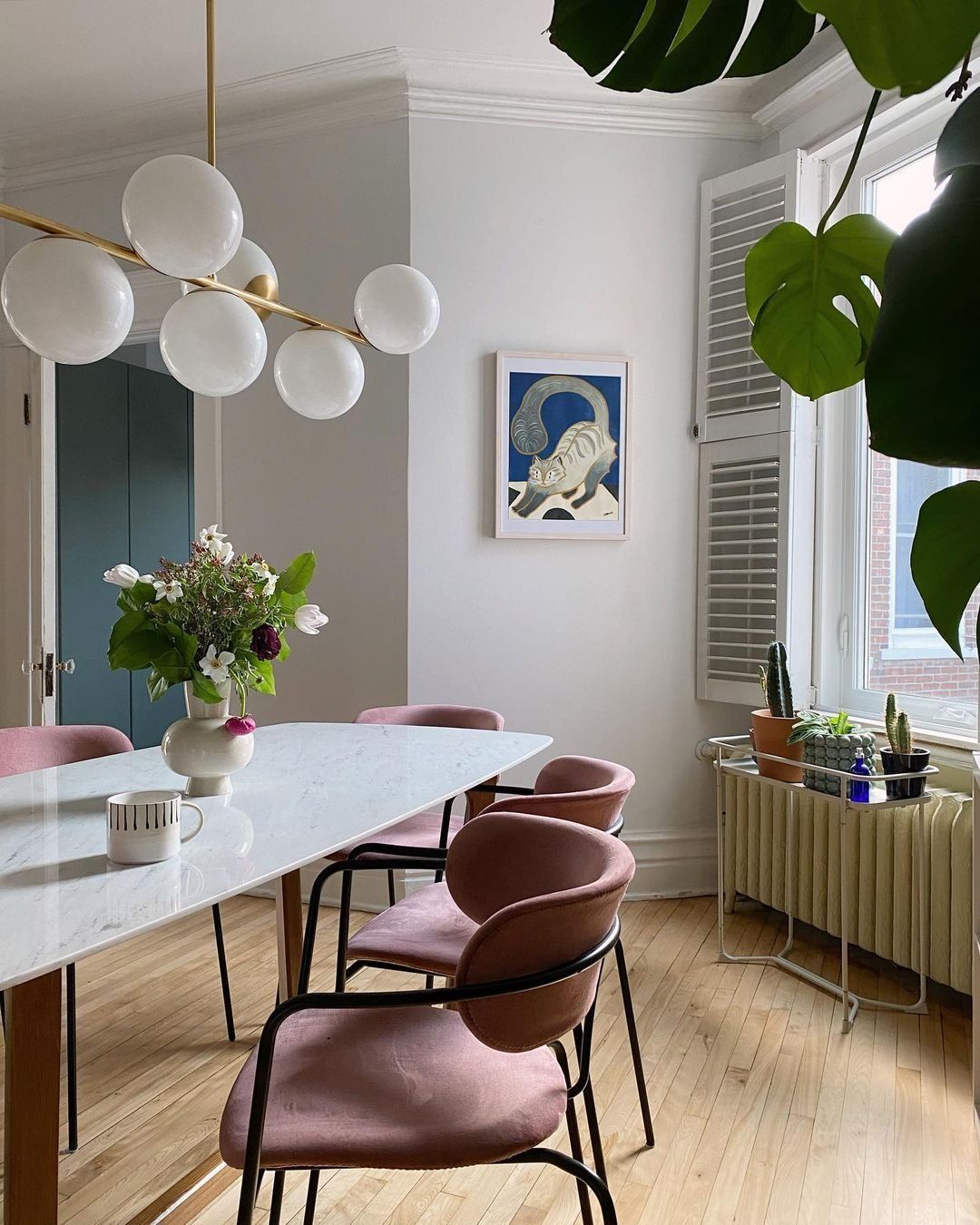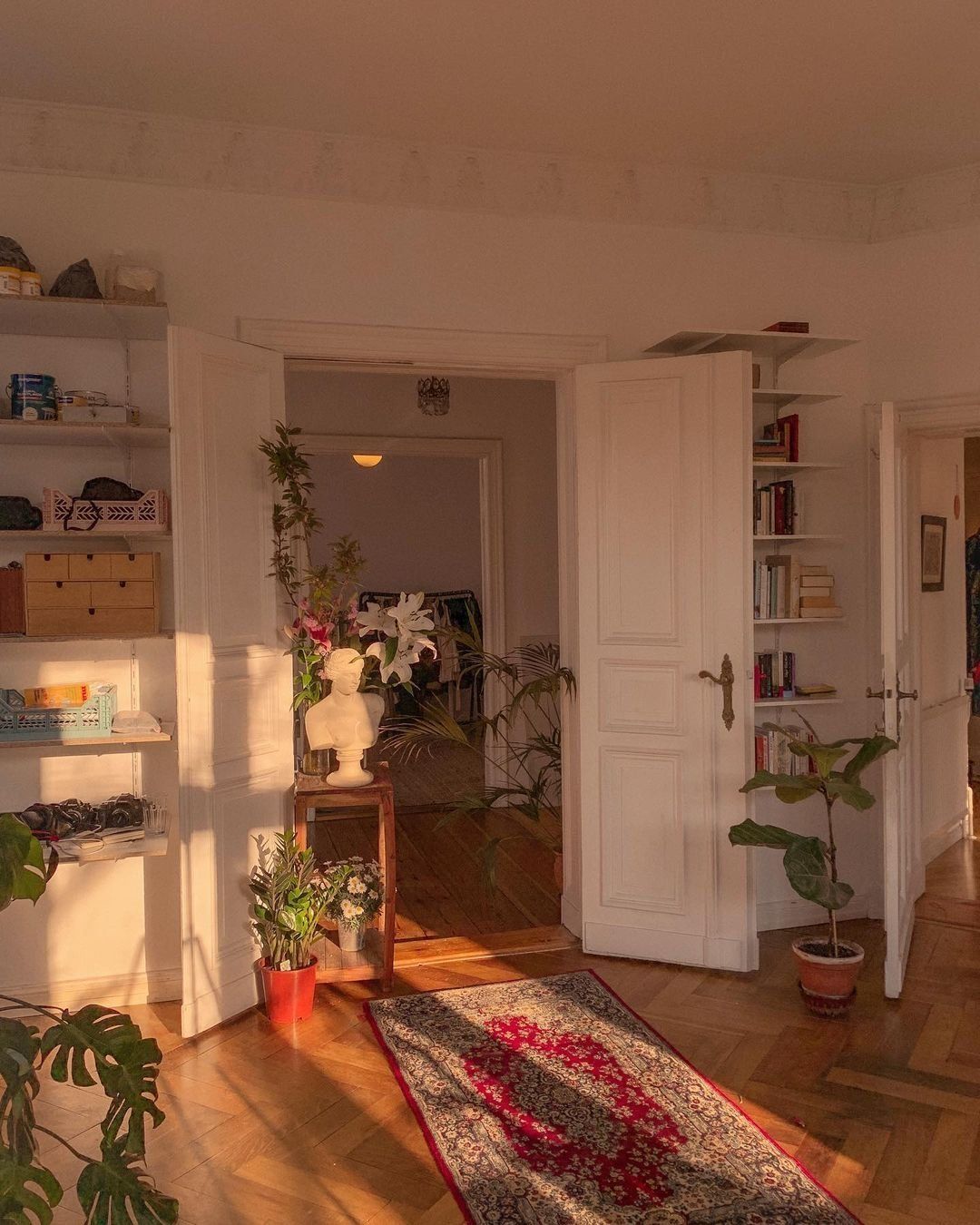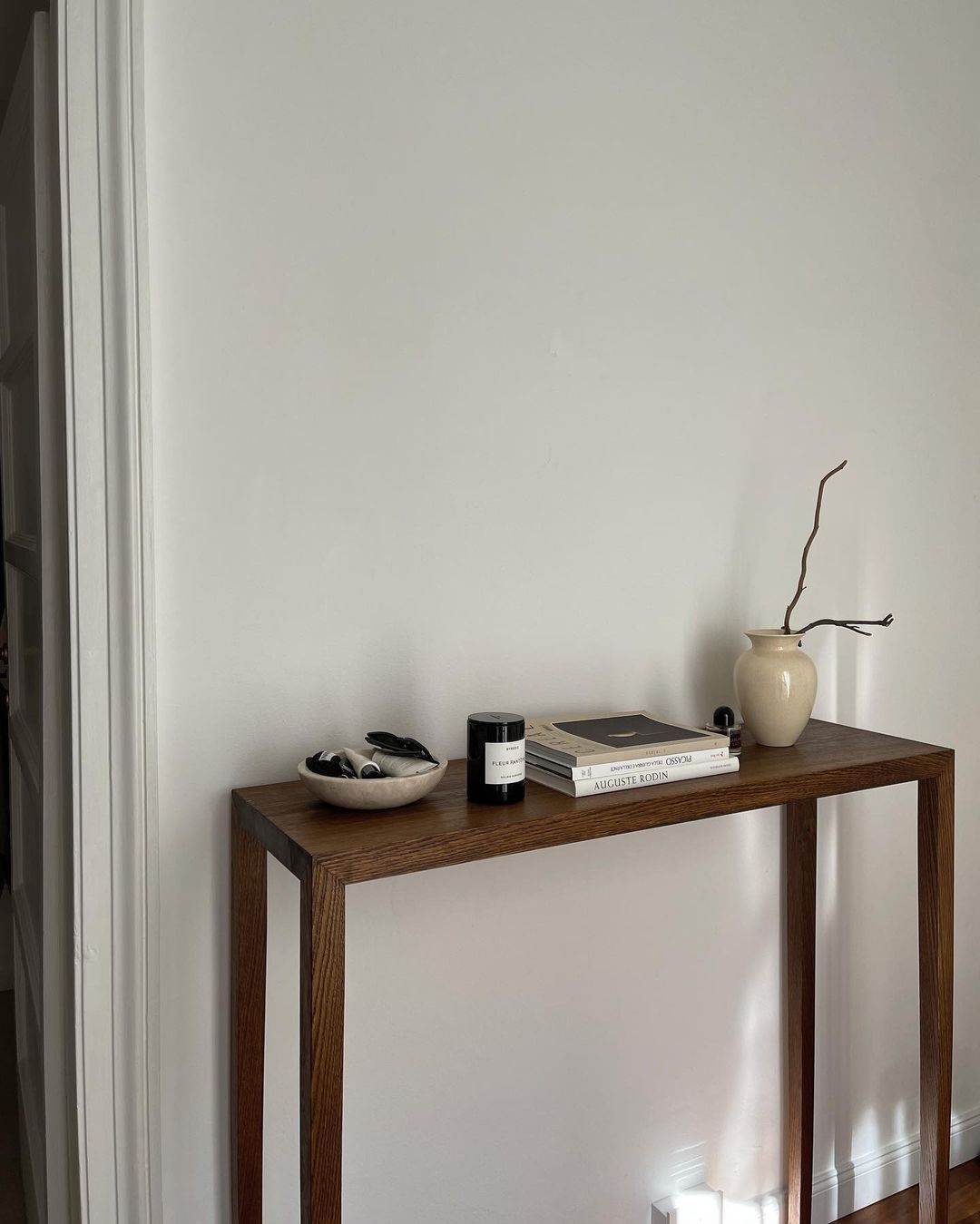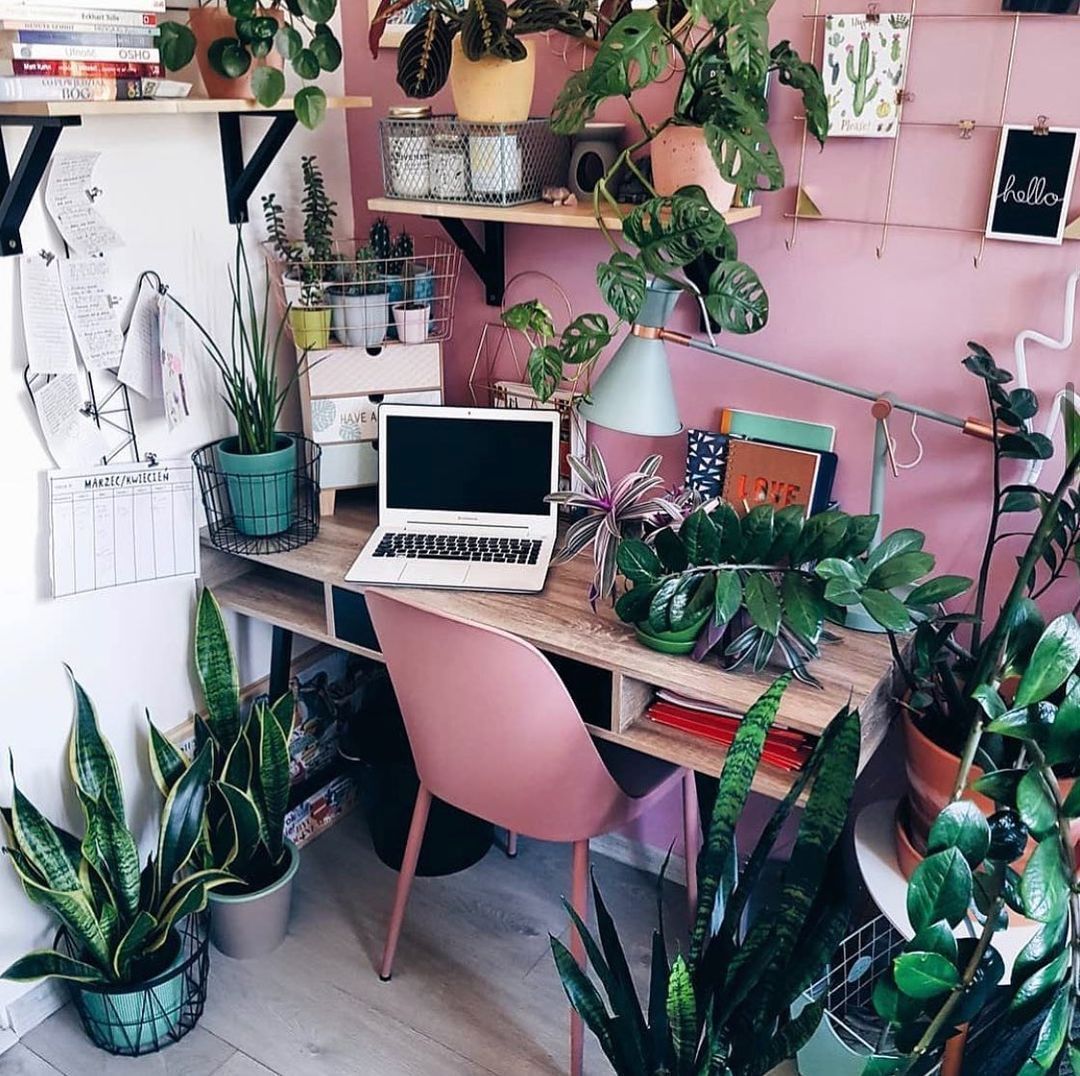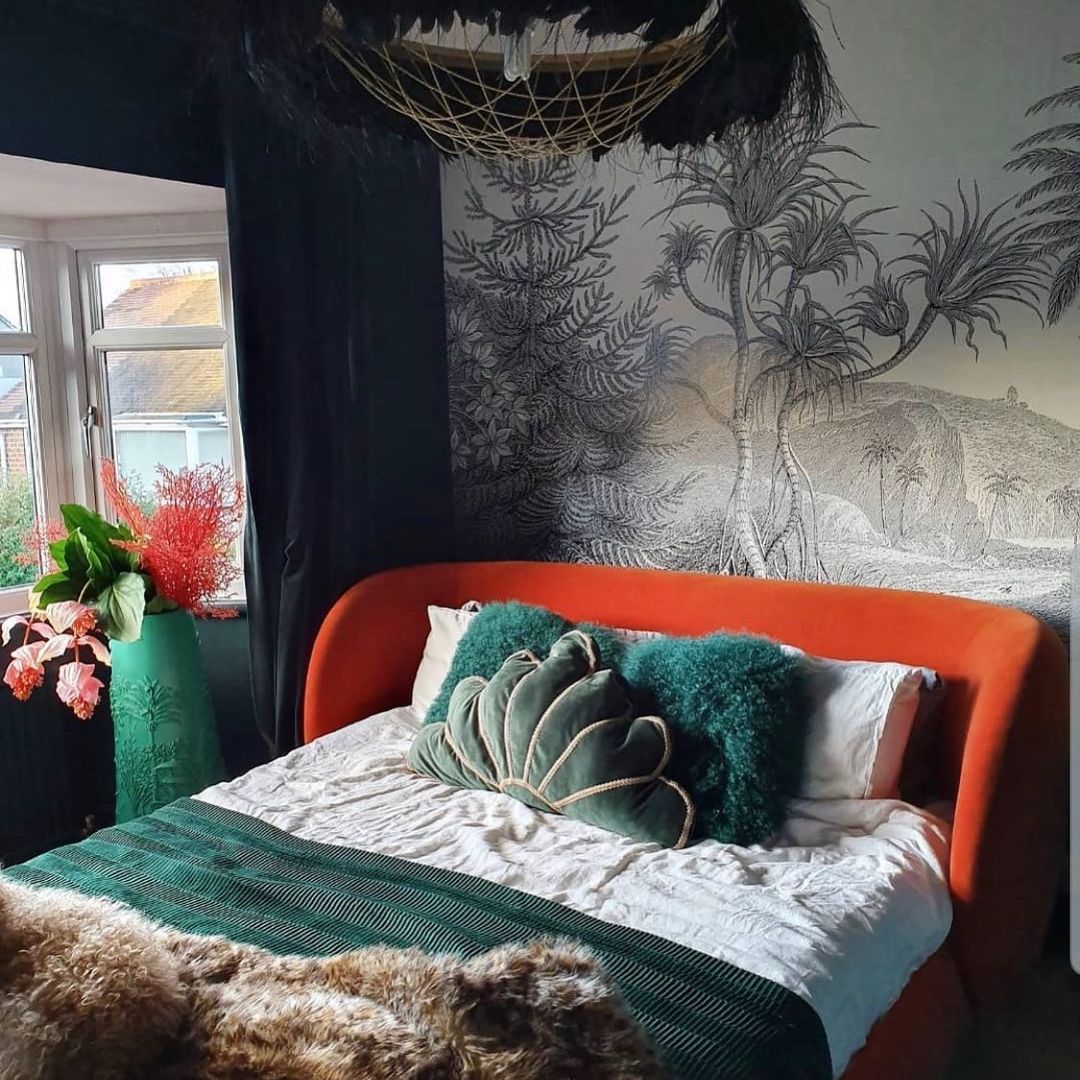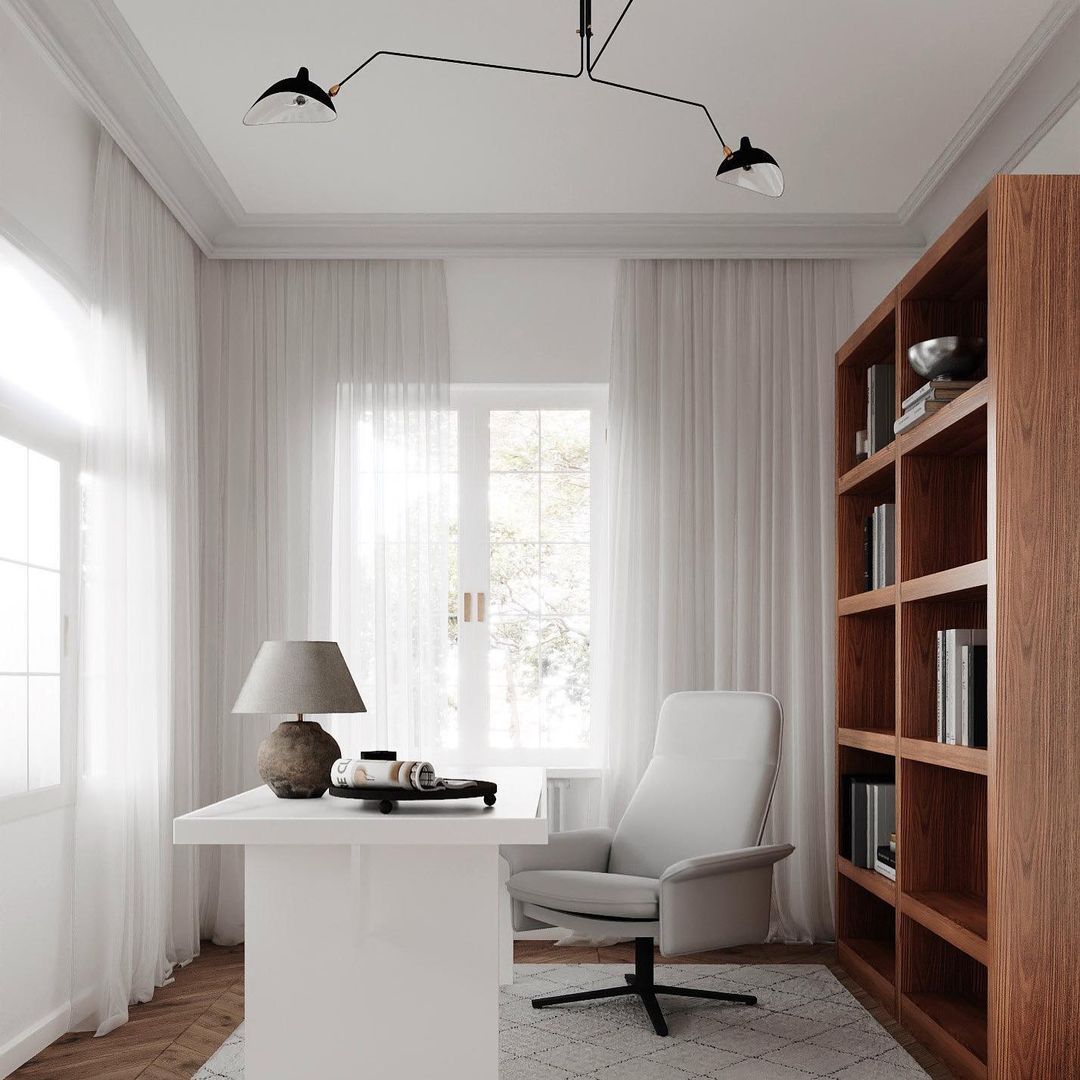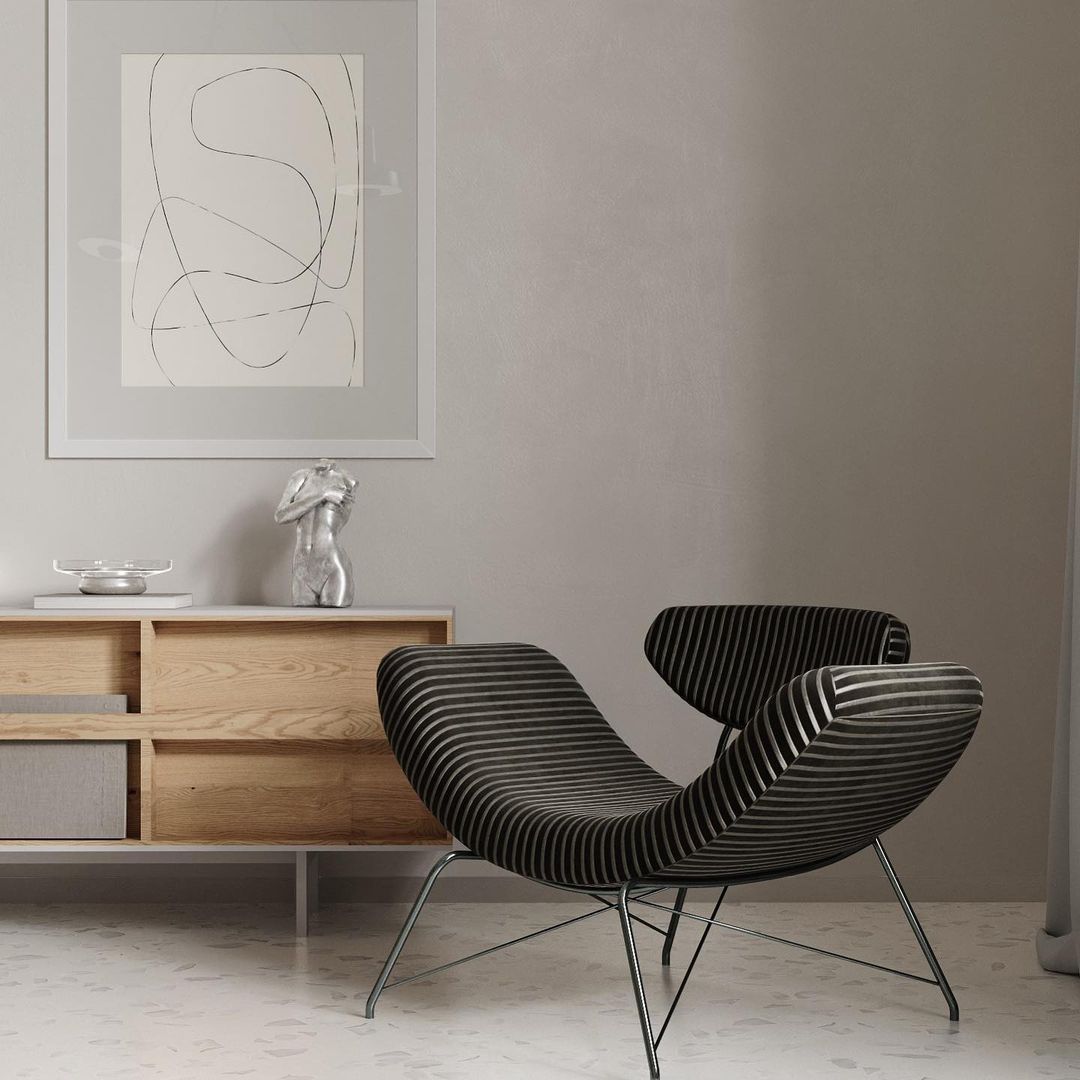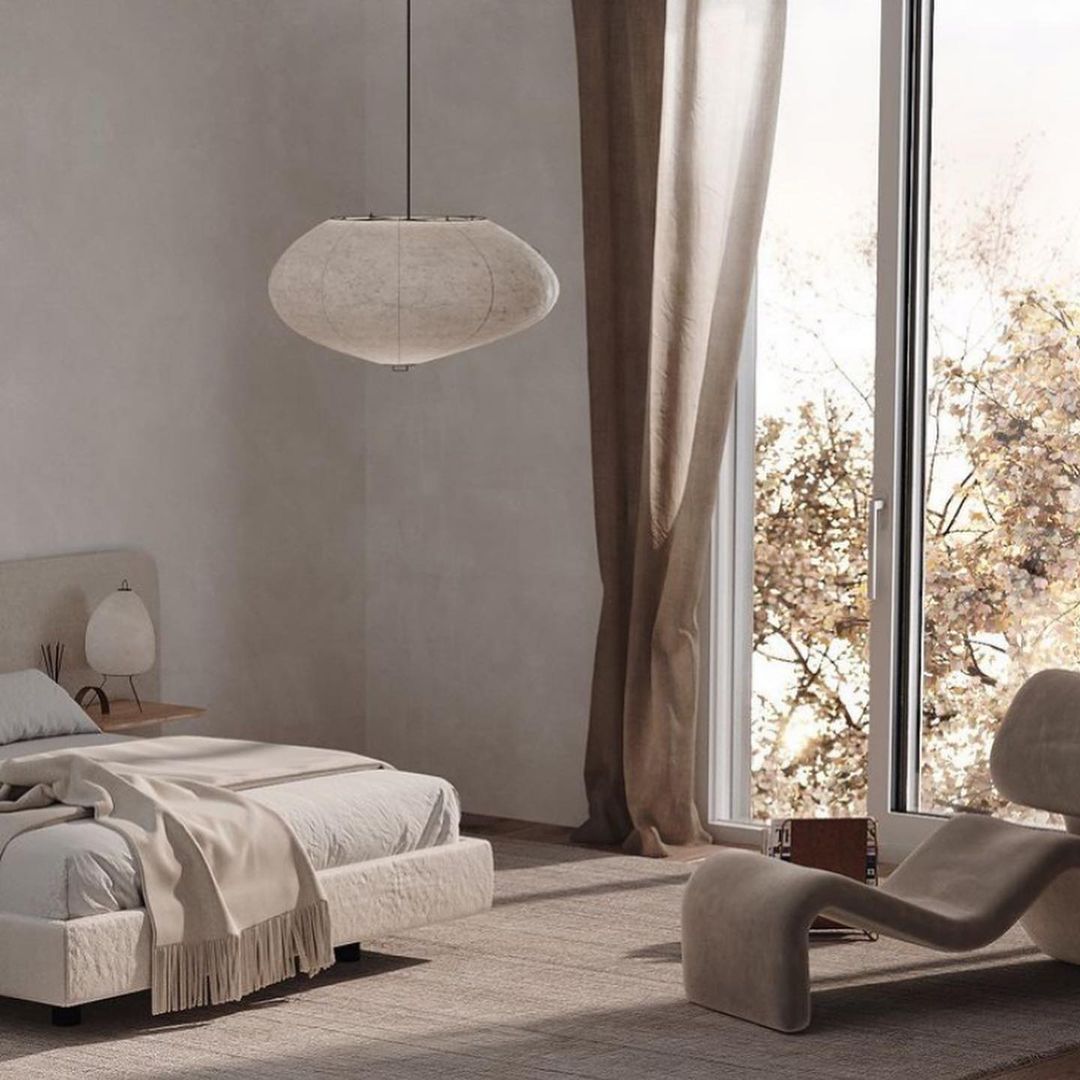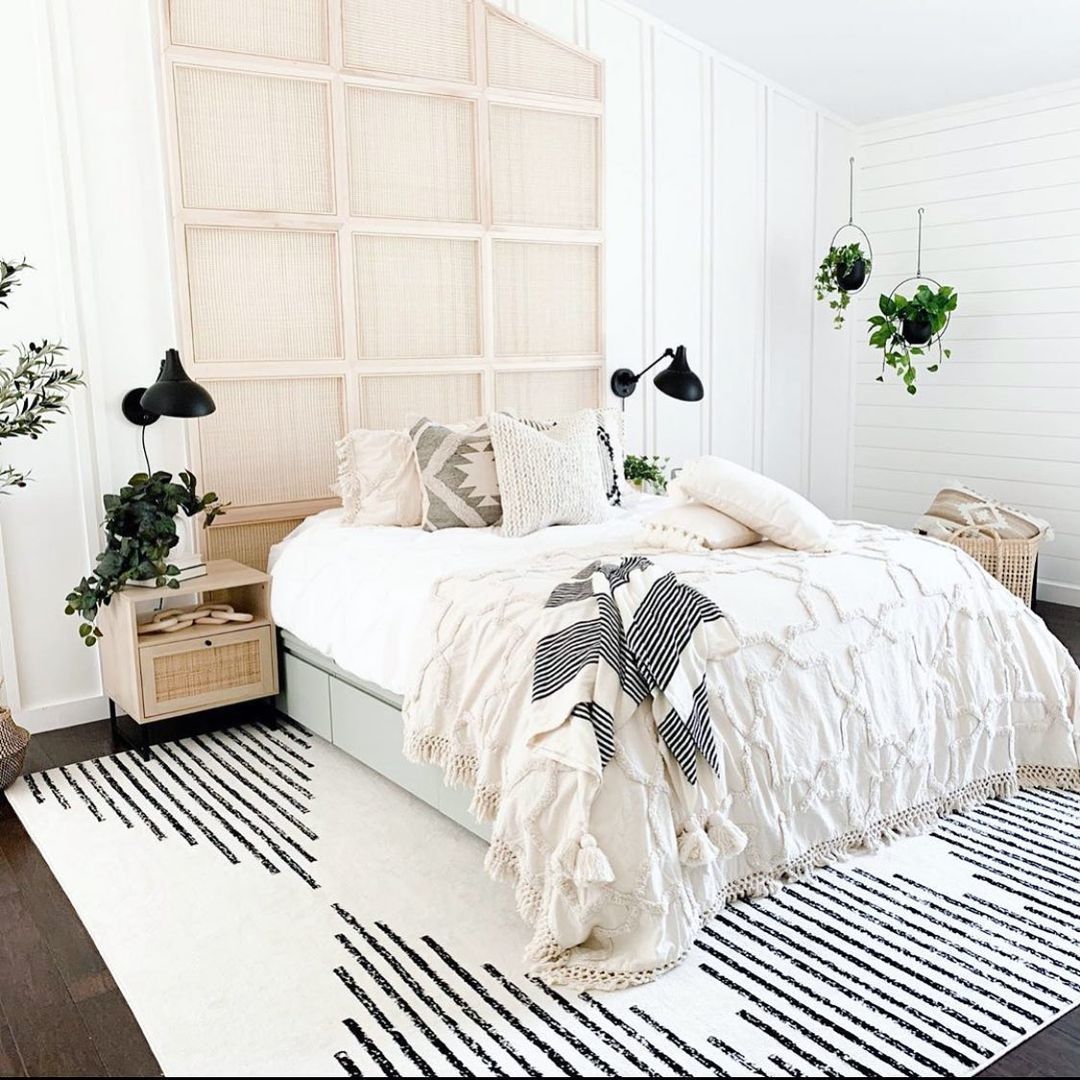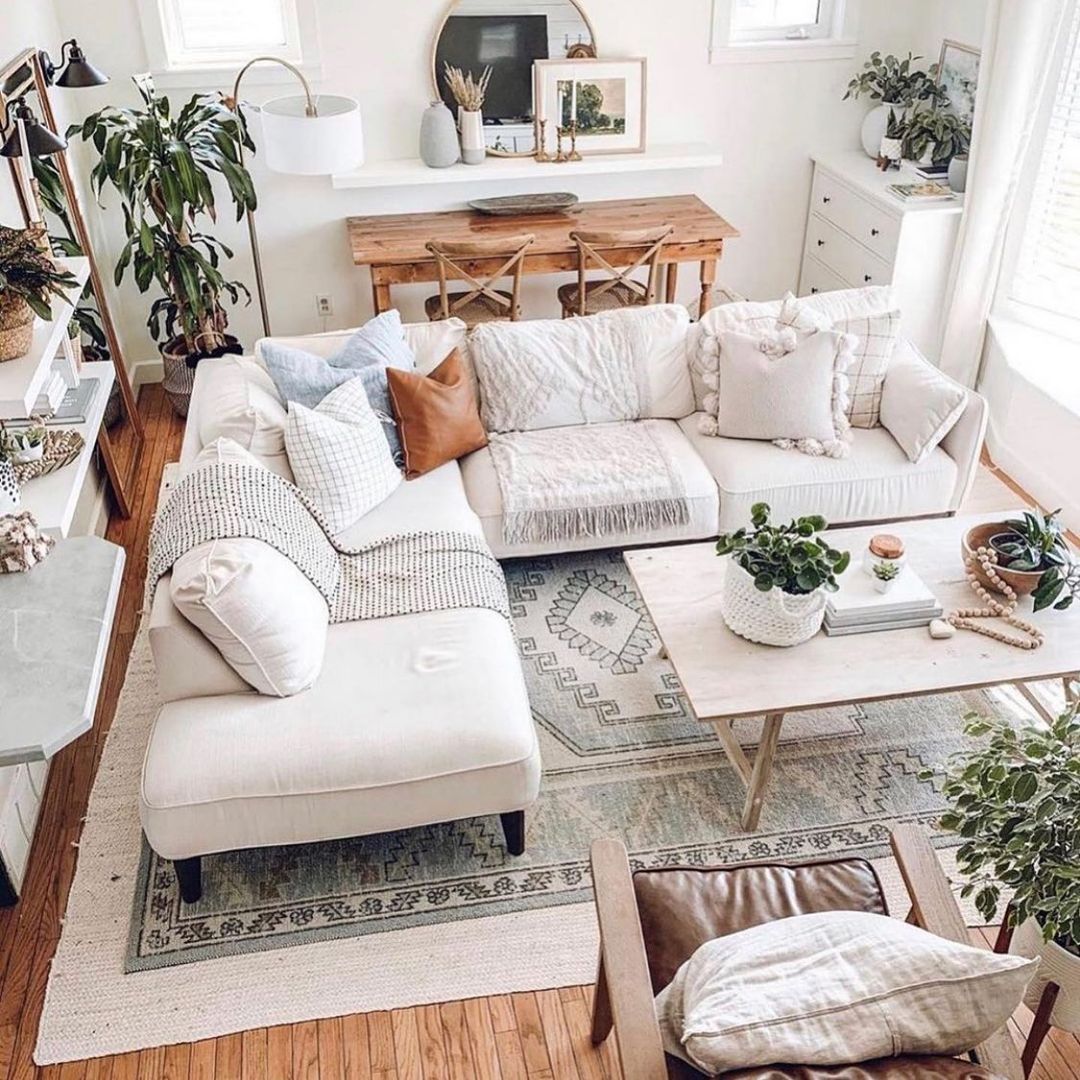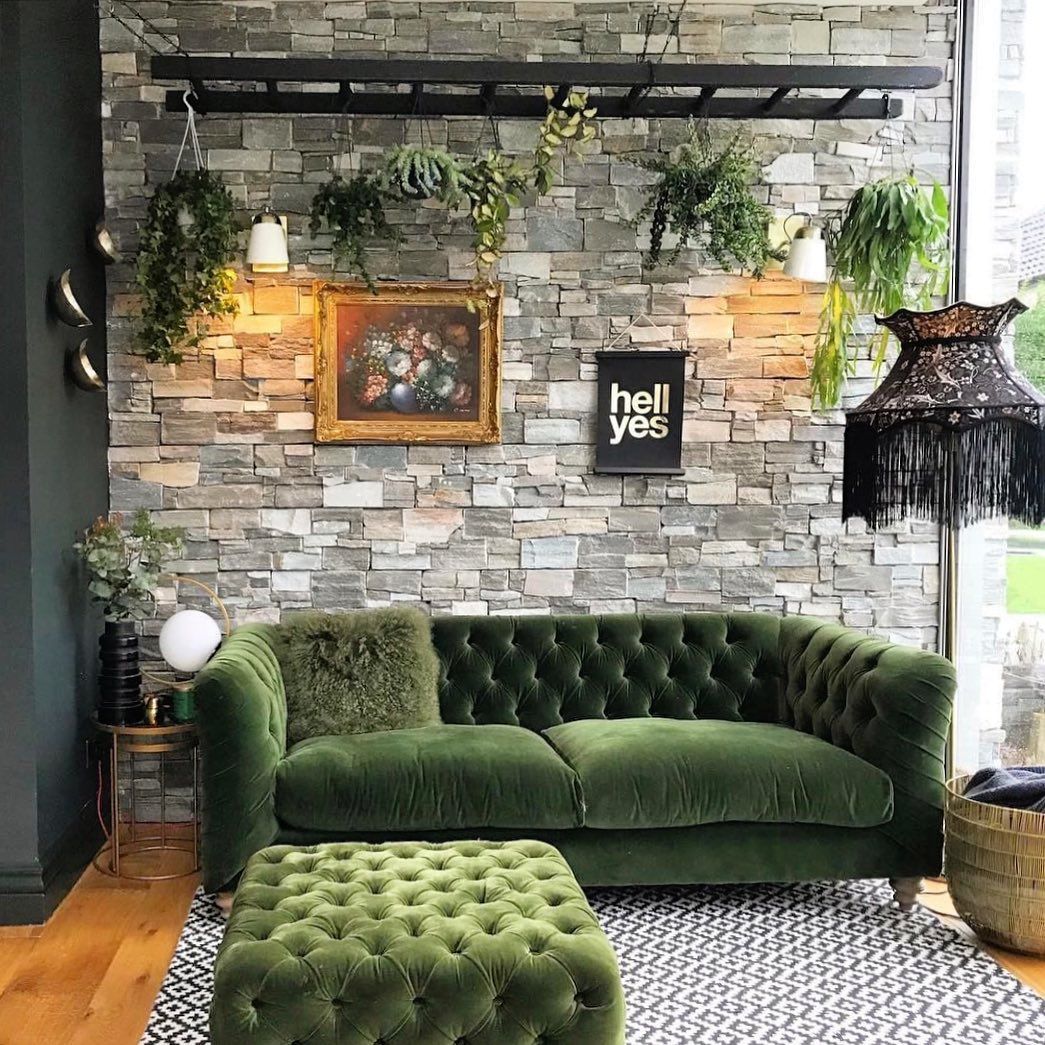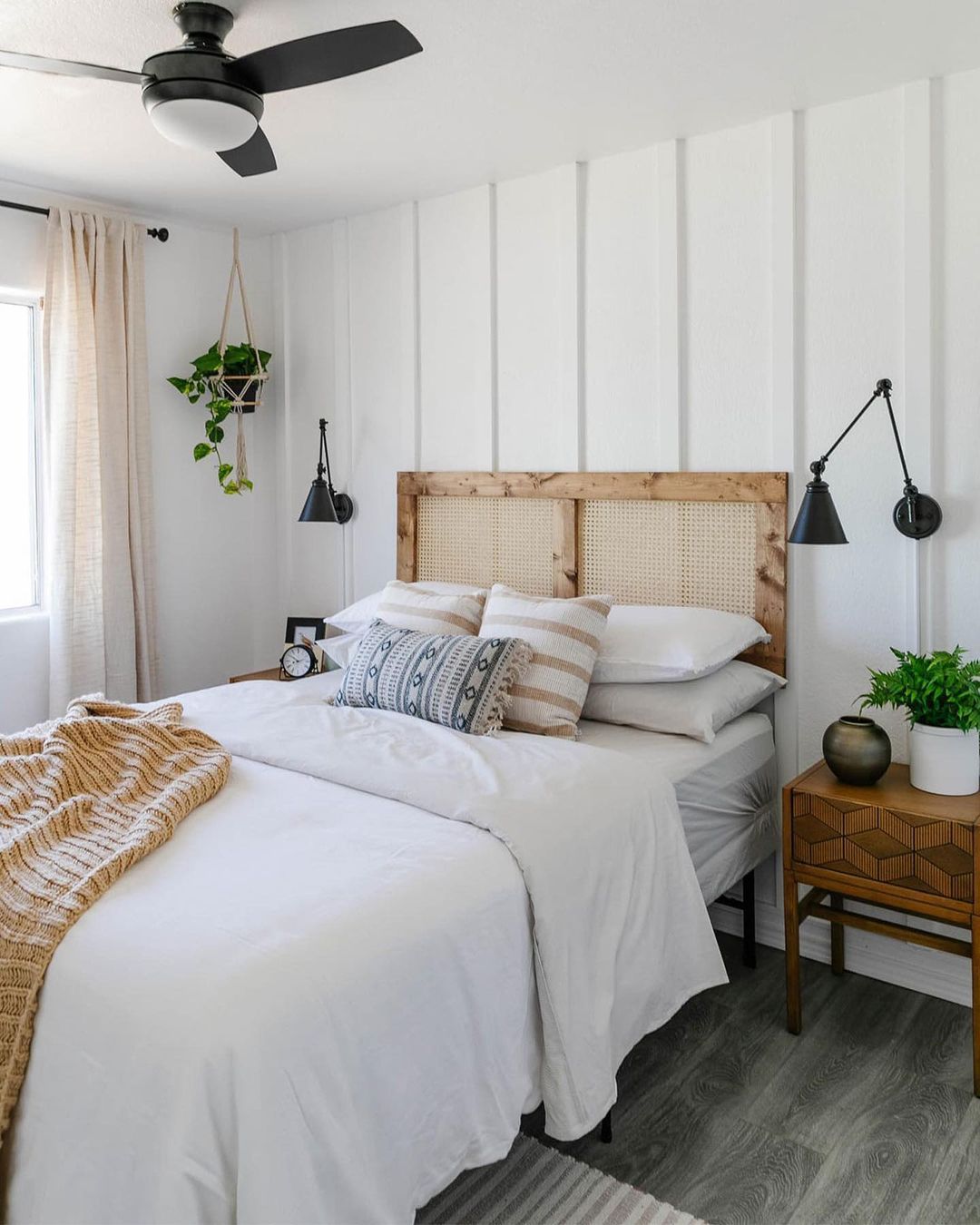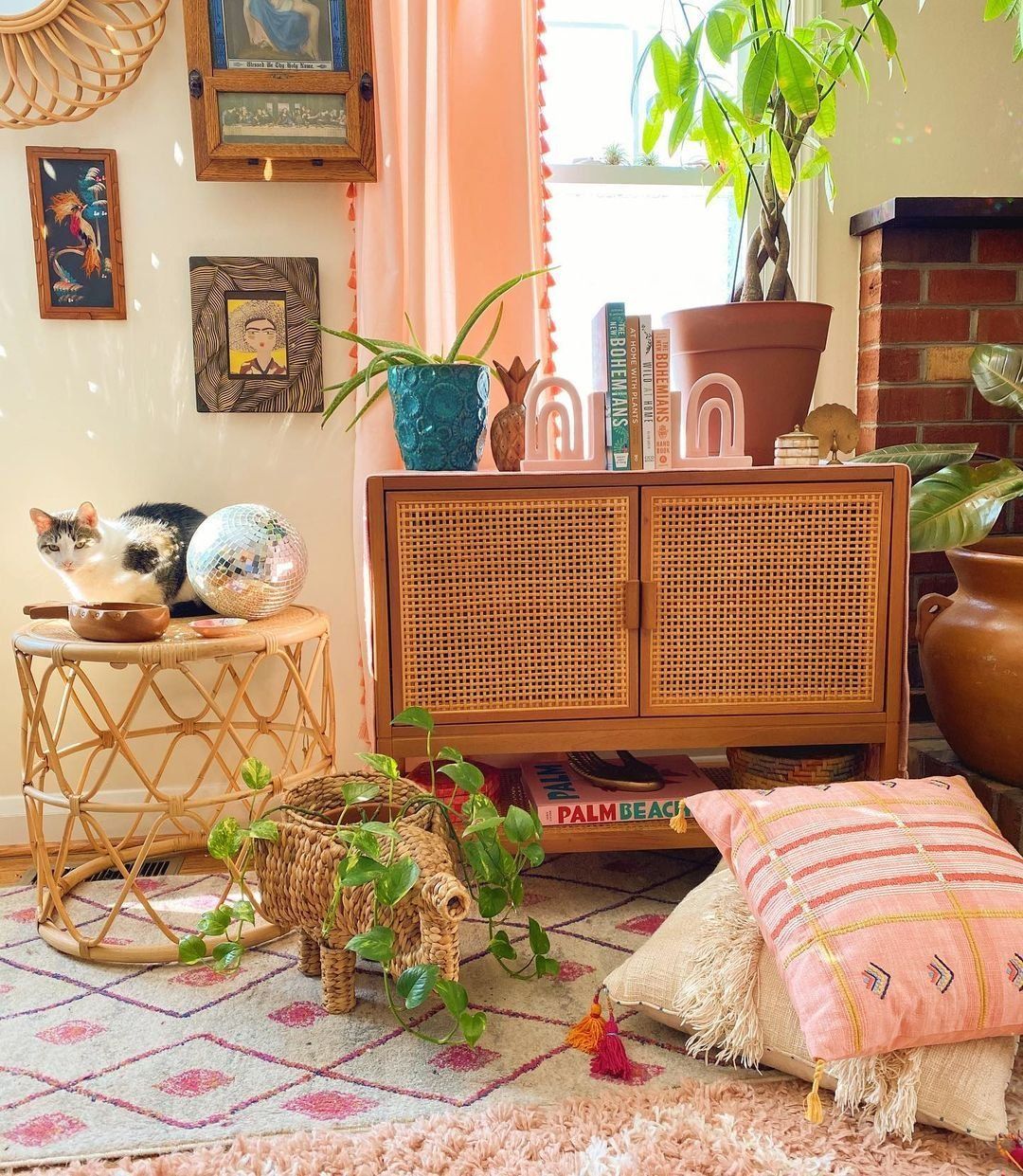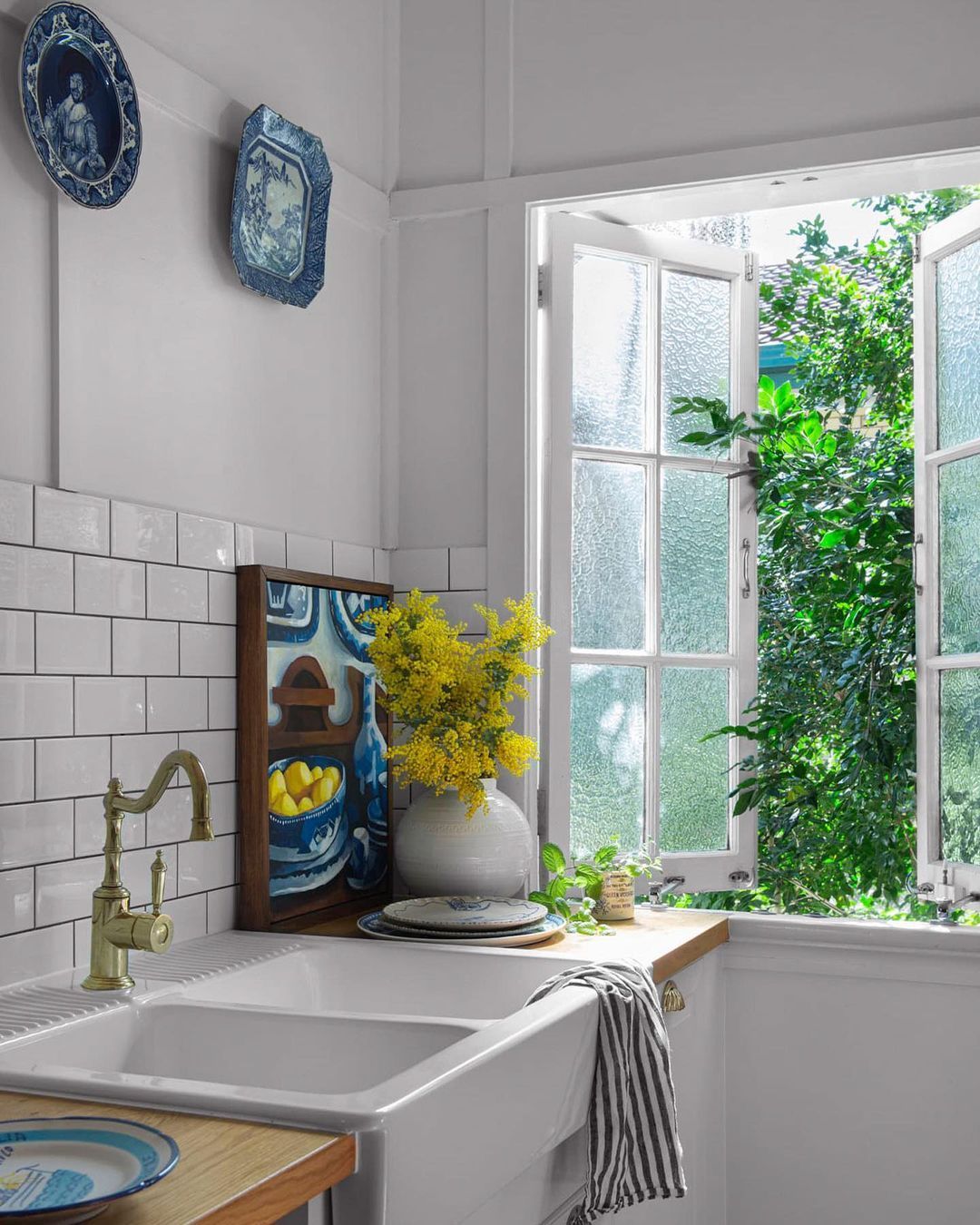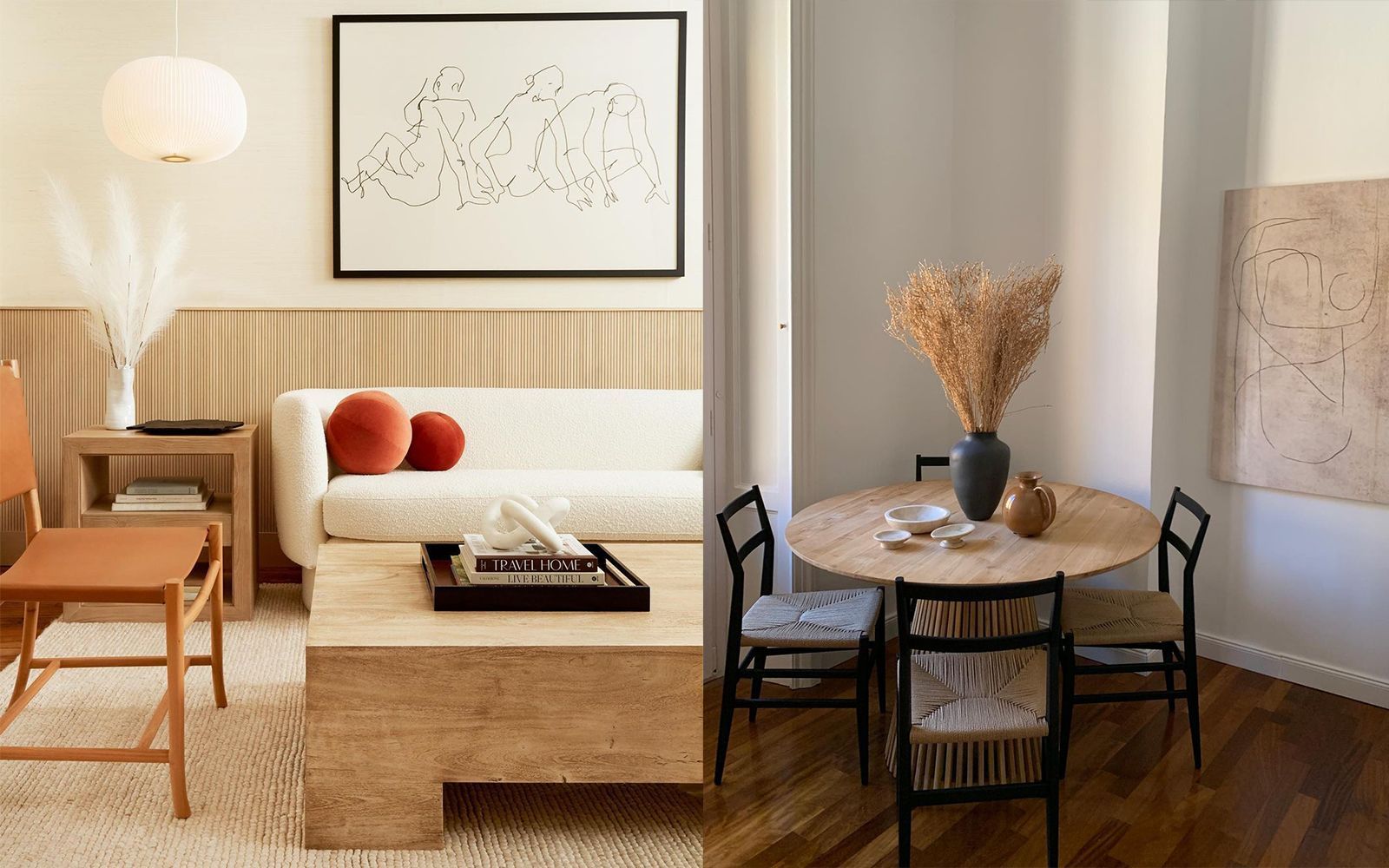
Feng Shui design: what is and how to apply it to your home The ancient Chinese philosophy is based on details and vibrations, just like interior design
Regaining the perfect balance between themselves and the environment that surrounds us to have maximum relaxation and avoid negative influences that may arise from the interior of a house are the guidelines of Feng Shui in furniture, Chinese discipline multifaceted and spiritual, from which to draw and take inspiration to reconnect with their internal spaces (play on words wanted). Feng Shui in Chinese literally means wind and water, is based on the balance of 5 elements of fire, water, earth, metal and wood that when in tune with each other, create an optimal energy flow. In China this philosophy is also adopted for important decisions: the Feng Shui master is consulted when buying a land or a house to verify the balance of magnetic and energy fields of the place. His opinion actively affects the real estate market, that’s why nss G-Club has drawn up a list of measures to be followed to have a more ordered apartment full of good vibrations, thanks to this ancient philosophy.
Surround yourself with art
Infinite benefits of artistic inspiration within the living space. A painting, a sculpture, a design object can become a creative symbol of the house and encourage the circle of ideas. Choosing a nice object or a picture to insert in a strategic point of the house will help make you feel better inside.
No cold light allowed
Simple: Warm light relaxes and slows down negative emotions. Cold light leads to unhealthy productivity gains. Having the windows always available to spray with natural light is a great way to avoid the "hospital" effect. The curtains, to respect the balance, should be of soft colors.
Functional spaces
Especially during the pandemic, the spaces of the house became multitasking: the kitchen table was used both as a desk, as a restaurant, and as a photo shoot. Now it is essential to give back to each area its own function, especially the bedroom and the study. Always keep the wall behind and face towards the light: this will increase the attention span providing best results at work.
No distractions in the bedroom
Rest is sacred for well-being. That’s why the cleaner and freer the bedroom, the better the sleep. Waking up in the morning in a messy and chaotic room, with the classic pile of outfits tried but not worn the night before emits negative energies and especially pushes to procrastinate. Bye TV, phone and tablet, and good rest.
The accessories
Flowers, plants and lots of fresh air are the main ingredients of the good vibrations inside a house. The principle of Feng Shui is based on balance, and the good smell mixed with the colored petals of buds or green plants are a combination able to easily recalibrate any environment.
Choice of the colors
Optimism, joy, hope. The colors evoke emotions, which is why before choosing them you need to think about the result you want to get and especially the emotion you want to feel in a certain room. Yellow egg white for the walls of the kitchen and dining room, blue and green for the bedroom and orange and red for the living room. Keep warm colors for spaces where the mind must be active and thriving, while soften shades on relaxing spaces.
Constant decluttering
Last but not least, decluttering is crucial to bring some Feng Shui in our homes. If Marie Kondo has done a good job, it should not be difficult to get rid of old items and useless junk, especially if they have lost the symbolic value they once had. So go ahead and throw away all the gifts from your exes in a box, like Beyoncè in Irrepleceable.























































